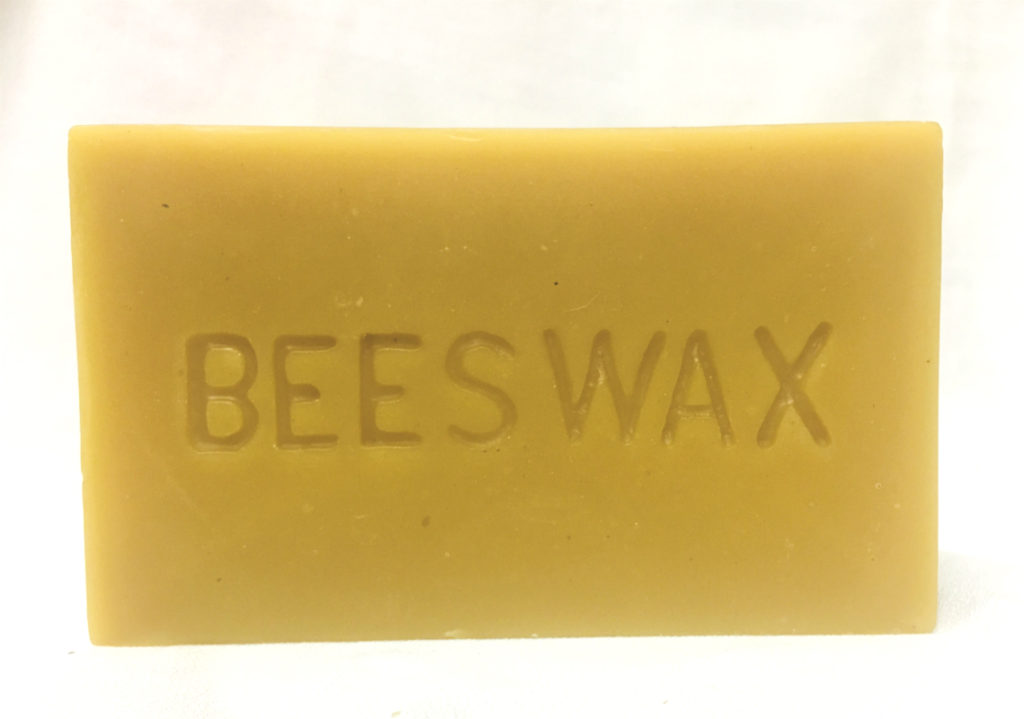Thinking of making your own beeswax candles or molds? Great! It’s not that hard but there are some tricks and cautions.
1) DO NOT melt beeswax outside. Within 10 minutes, bees from your neighborhood will find you. Within 25 minutes bees from miles around will be all over you and your wax, drowning in the hot wax and making a mess of your project.
2) DO NOT leave windows or doors open when melting beeswax inside.
See #1.
3) Wear a smock, apron or clothes you won’t mind getting wax on. You WILL get wax on you, your clothes and your shoes.
Bees can smell the melted wax from a mile away. If you melt on your stove, they will even come down the vent over your stove. Make sure the vent screens are secure.
Seriously consider using pots and utensils that you will use exclusively for wax melting. They can be cleaned but it’s very difficult and usually not worth the trouble. You can get everything you need at a local thrift store for under $20.
Completely cover the table you’ll be using with masking paper or newspaper. Cleaning wax off your table is no fun.
You can melt wax on your stove, in your oven or in a slow cooker or similar device. Beeswax melts at 140° F and will burst into flames at 400° F. Heat the beeswax slowly. Wax takes a long time to melt completely so be patient. Do not leave the beeswax unattended as a fire could destroy your home.
When melting on your stove, always use a double boiler. Never place beeswax directly onto a flame. It’s just not worth the risk.
In your oven, set the temperature to about 160° F. This is lower than the lowest setting on most ovens but high enough to turn the oven on.
You probably acquired your beeswax from a supplier who filtered the beeswax for you so filtering should not be an issue. If your beeswax does need filtering, a pot, a sieve, and a coffee filter or cloth will do the trick. Set the sieve on top of the pot, the filter in the sieve and the beeswax in the filter. Place the whole setup in your oven and let it sit at 160° for a couple hours or so, depending on the quantity of wax you’re filtering.
If melting a large quantity of wax, transfer some of the hot wax to a container that is easy to handle. Pour the hot wax carefully into your mold, slowing down as your mold fills. The last thing you want is to have to clean wax off your furniture and floor. Trust me.
Let the beeswax cool completely before removing from the mold. It takes longer than you’d think. If it’s still warm, wait. If you take the beeswax out of the mold too soon, you’ll have wax all over yourself and your floor.
For small spills, a razor blade works great, especially before it gets cold and hard. To get the last little trace of wax off a surface, warm it with a lighter and wipe up immediately with a paper towel.
Wrap your finished product in paper or plastic to protect it and your container. Store in a cool, dark location.

sarhoney.com/product/beeswax/
etsy.com/shop/SantaAnaRiverHoney